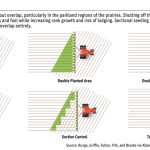Investing in sectional control technology pays off with reduced costs at seeding and better crop performance
Machine overlap in headlands, fence lines and around obstacles is costly in terms of wasted seed and fertilizer, plus crop degradation due to lodging. Section control helps, but by how much? That’s a question posed by Alberta Pulse Growers researcher Nevin Rosaasen. Rosaasen analyzed in-field testing of commonly available section control systems in pea and […] Read moreTag Archives Pulse Producer
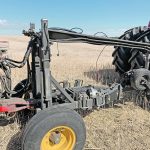
Sectional seeders
Alberta Pulse Growers researcher Nevin Rosaasen analyzed infield testing of commonly available section control systems in pea and canola. As part of his phase one report, he compiled a list of the multiple-zone sectional control technologies used on the Canadian prairies, including aftermarket options for existing equipment. Morris Industries Ltd. Input Control Technology (ICT) to […] Read more
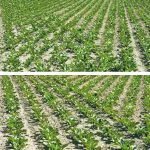
Sectional seeder selection
Alberta Pulse Growers tested three different section control systems in their quest to quantify financial and environmental benefits of using such systems to reduce overlap in canola and pea fields. APG researcher Nevin Rosaasen said in-field testing compared seeding equipment with five, seven and 10-foot sections, plus section control that manages each individual opener. In […] Read more
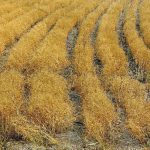
New technology to test desiccants and herbicides
For decades, plant scientists have used a simple method to evaluate desiccants. They sprayed a product on a crop and, days later, looked at the plants to see if it dried the crop. That approach may be coming to an end, as researchers adopt sophisticated sensors and technologies such as hyper-spectral imaging to understand what […] Read more
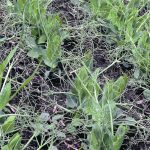
Planter produces uniform pulses
Seeding pulse crops with a planter can improve seedling emergence and plant density under most conditions according to research conducted by Farming Smarter, an applied agronomy research organization out of Lethbridge. There is increasing farmer interest in using planters for multiple crops grown on the Prairies because they are gentle on seed and provide uniform […] Read more

Crop residues shed light on fertilizer efficiency, emissions
Not all pulse crops are created equal when it comes to greenhouse gas emissions and nitrogen fertilizer management, says University of Saskatchewan soil scientist Richard Farrell. “Pulses, in the year you are growing them, you’re not putting on fertilizer or you might give them some starter nitrogen but you’re not going to put on a […] Read more
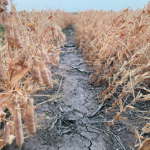
Aphanomyces remains a threat despite drought
Aphanomyces levels in Alberta pea and lentil crops plummeted last year because of the drought, but growers still need to be careful planting peas and lentils in fields with a history of the disease. Robyne Bowness Davidson, pulse specialist at Lakeland College, said the only way to know how last year’s drought affected aphanomyces levels […] Read more
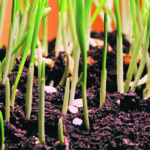
Too much of a good thing
Last summer’s drought ruined crops for producers across the West, but there is a possible silver lining. As crops came off early, if at all, there was little that fertilizer could do without moisture, so unused nitrogen, in the form of nitrate, was left behind in the soil. With that N still in the ground, […] Read more
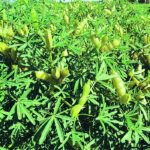
Group builds Canadian beachhead for new pulse crop
Promoters of high-protein, disease-resistant lupin beans take aim at the expanding plant-based protein market
As plant-based proteins gain in popularity, a disease-resistant crop that delivers more protein than peas and better disease resistance than other pulses is getting a big push through a combination of funders and partners to take it from the farm to the consumer. Lupin beans are relatively new to Canada, said Devan Lewis, but they […] Read more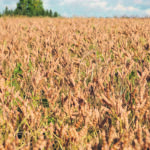
Growers urged to go slow with lupin production
The pulse crop has significant potential, but researchers are still attempting to solve significant agronomic challenges
Lupin is a promising crop that will likely get a foothold on the Canadian Prairies, but more research is needed into the pulse before this can happen. “I just want to caution the industry right now to not move too quickly. There’s so much demand and so many questions about lupin seed, and I just […] Read more


